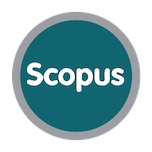Parkour, Bodies that Trace Urban Heterotopies
Keywords:
parkour, heterotopies, autoethnography, cultures of movement, affectsAbstract
This article explores the embodied experience of parkour in Bogotá, which means the way its practitioners produce nomadic subjectivities and create heterotopies in contemporary cities through the transformation of their bodies. By understanding parkour as a discipline aimed at building a body capable of doing spectacular movements and tracing multiple routes along the cities, I examine how this culture of movement and its aesthetics of existence produce flowing bodies and lines of flight. From an anthropological analysis of affects and becoming, I propose a debate on new ways of dwelling the city through body movements.
https://doi.org/10.22380/2539472X63Downloads
References
Daskalaki, Maria, Alexandra Stara y Miguel Imas. 2008. “The ‘Parkour Organisation’: Inhabitation of Corporate Spaces”. Culture & Organization 14 (1): 49-64.
Deleuze, Gilles. 1990. Conversaciones. Valencia: Pre-textos.
___. 1991. “Post-scriptum sobre las sociedades de control”. En Conversaciones, 277-286. Valencia: Pre-textos.
Deleuze, Gilles y Felix Guattari. 1994. Mil mesetas: capitalismo y esquizofrenia. Valencia: Pre-textos.
Fairservice, Don. 2001. Film Editing: History, Theory and Practice: Looking at the Invisible. Manchester: Manchester University Press.
Foucault, Michel. 1999a. Estética, ética y hermenéutica. Barcelona: Paidós.
___. 1999b. “Espacios diferentes”. En Estética, ética y hermenéutica 431-441. Barcelona: Paidós.
___. 2001. “Clase del 17 de febrero de 1982. Primera hora”. En La hermenéutica del sujeto, 241-262. Buenos Aires: Fondo de Cultura Económica.
___. 2005. Vigilar y castigar: nacimiento de la prisión. Buenos Aires: Siglo XXI.
___. 2008. “Topologías”. Revista Fractal 48. Consultado en http://www.mxfractal.org/RevistaFractal48MichelFoucault.html
Gálvez Contreras, Eimmy Noemi. 2011. “El método natural de Georges Hébert: una aproximación a la educación física en el Real Decreto de Educación Española”. Revista Digital EFDeportes.com 16 (160).
Consultado en http://www.efdeportes.com/efd160/el-metodo-natural-de-georges-hebert.htm
Jensen, Ole. 2009. “Flows of Meaning, Cultures of Movements. Urban Mobility as Meaningful Everyday Life Practice”. Mobilities 4 (1): 139-158.
Merleau-Ponty, Maurice. 1975. Fenomenología de la percepción. Barcelona: Península.
Noland, Carrie. 2009. Agency and Embodiment: Performing Gestures/Producing Culture. Cambridge: Harvard University Press.
O’Brien, Shannon. 2011. “Jump Cutting: Tracing Parkour as Invisible Spectacle through the Filmic City”. Tesis de maestría, Theatre and Film Studies, University of Canterbury, Christchurch.
Ortuzar, Jimena. 2009. “Parkour or l’art du déplacement: A Kinetic Urban Utopia”. Theatre and Performance Studies 53 (3): 54-66.
Pedraza, Zandra. 2004. “Intervenciones estéticas del Yo. Sobre estéticopolítica, subjetividad y corporalidad”. En Debates sobre el sujeto. Perspectivas contemporáneas, editado por María Cristina Laverde et al., 61-72. Bogotá: Siglo del Hombre; Departamento de Investigaciones de la Universidad Central.
Rimbaud, Arthur. 1999. “Carta a Georges Izambard & El corazón supliciado. Charleville [13] mayo de 1871”. En Obra poética y correspondencia escogida, 79-81. México: Universidad Nacional Autónoma de México; Embajada de Francia en México; Alianza Francesa de México.
Rowat, Chris “Blane”. 2009. “Común denominador”. Consultado en http://articulosparkour.blogspot.com/2009/01/blane-comun-denominador.html
Savill e, Stephen John. 2008. “Playing with Fear: Parkour and the Mobility of Emotion”. Social & Cultural Geography 9 (8): 891-914.
The World Freerunning & Parkour Federation. s. f. “History of Parkour”. Consultado en https://wfpf.com/history-wfpf
Thompson, David. 2008. “Jumpcity: Parkour and the Traces”. South Atlantic Quarterly 107 (2): 251-263.
Thrift, Nigel. 2004. “Intensities of Feeling: Towards a Spatial Politics of Affect”. Geografiska Annaler 86B (1): 57-78.
—. 2008. Non-Representational Theory. Space Politics, Affect. Nueva York: Routledge.
Filmografía
Casino Royale. 2006. Dir. Martin Campbell. Prod. Michael G. Wilson y Barbara Broccoli.
Distrito 13. 2004. Dir. Pierre Morel. Prod. Luc Besson.
Familiaire. 2008. Video difusión de Familiaire, realizado por Stefany Astaiza, Juan David Bernal, Juan Camilo Contreras, Catalina Jaramillo y Carolina Solano (no se especifican funciones).
Jump Britain. 2005. Dir. Mike Christie. Prod. Carbon Media.
Jump London. 2003. Dir. Mike Christie. Prod. Optomen Television.
Unisabana Radio. 2011. Parkour se toma las calles de Bogotá, entrevista realizada por Diana Ramírez González y Carlos Vargas Gómez. Consultado en http://youtu.be/nZKqcGCY8cM
Yamakasi: los samuráis de los tiempos modernos. 2001. Dirs. Ariel Zeitoun y Julien Seri. Prod. Virginie Silla.




















